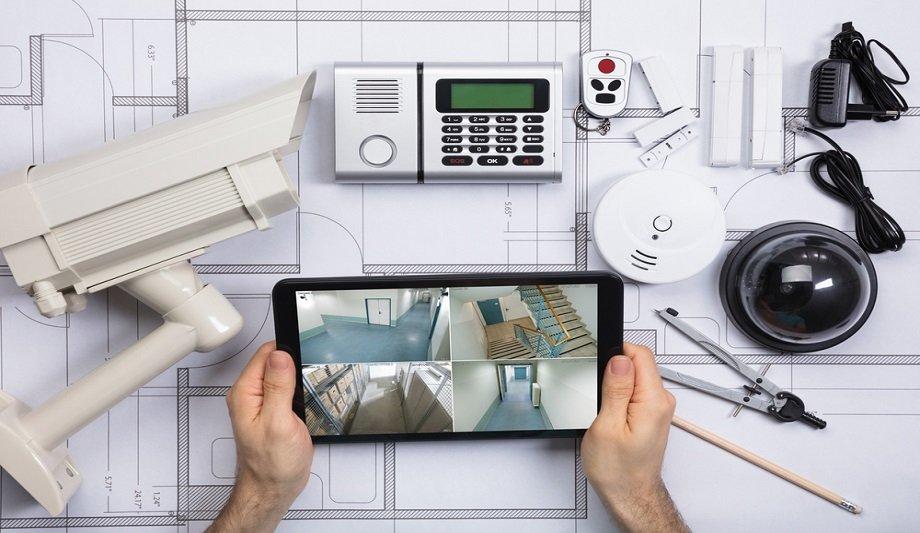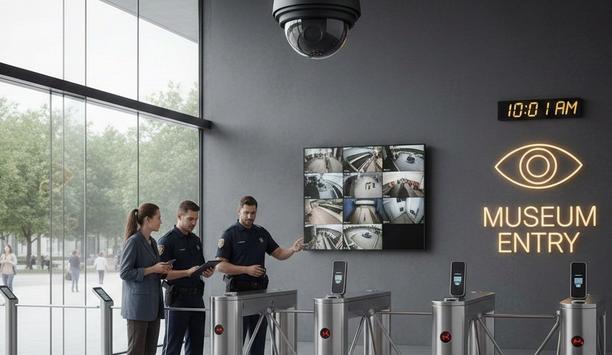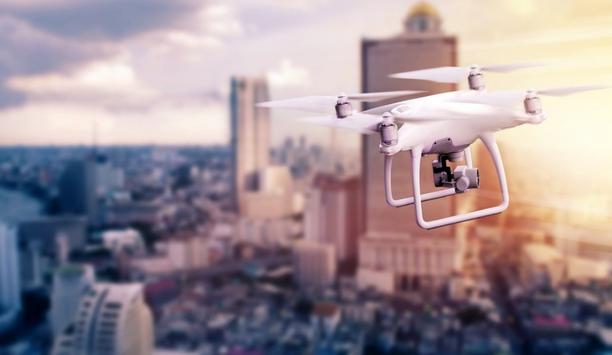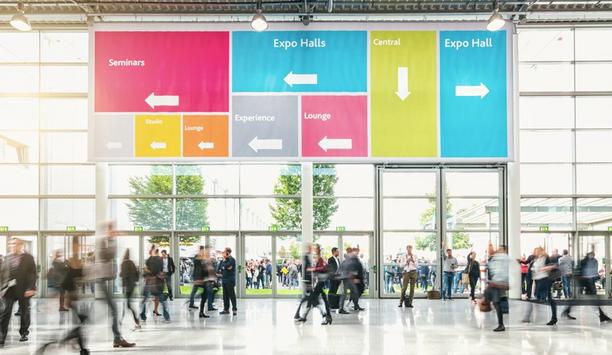Check Out Our Special Report On Casino Security
Communicating The Value Of Security To The Public
- Security gains public attention mostly after incidents, overshadowing ongoing preventative successes.
- Industry must highlight frequent security system successes to promote public awareness and trust.
- Communicating security's proactive value can prevent negative perceptions and build public confidence.
Editor Introduction
Generally speaking, security becomes a topic of conversation among the general public only after something bad has happened. The context in these situations is: What went wrong? Largely absent from awareness by the public at large is how often things go right; that is, how often security systems work as intended to avoid expensive or even deadly consequences. We asked this week’s Expert Panel Roundtable: How can the industry communicate the value of security to the public?
As the threat landscape continues to grow, the public needs to understand the role that security plays in keeping people safe. The public often provides tips and reports suspicious activity to law enforcement, and employees report unsettling behaviors or events to their employers in a workplace setting. There is a symbiotic relationship between the public and the security industry when the value of both is understood and appreciated. The security industry can prove its value by educating and providing examples of instances where teams, processes, and technologies were successful in preventing a threat from occurring. This can be done in the form of media coverage, research, forums, or speaking engagements. Being able to explain how security teams and tools work together to successfully stop harm can create an increased level of understanding and trust in the security industry in the eyes of the public.
Security is often viewed with skepticism by the public, with concerns surrounding privacy and whether it’s appropriate to use. However, when qualified organizations are involved, it can be one of the most effective tools to ensure the security of public spaces. Video security carried out by professionals standardizes the process, and sets high levels of privacy, allaying concerns and informing the public of the benefits security tools can hold. Making this known to the public is extremely valuable, as it creates a feeling of safety and an assurance that there are measures in place if any incidents were to occur.
In and of itself, the value of security in protecting people, facilities, and assets is clear to everyone. The challenge security professionals are now facing is communicating the value of technology that goes beyond security. Due to major strides in artificial intelligence, businesses and facilities can now benefit from actionable insight in vertical markets ranging from retail to manufacturing and logistics to stadiums and entertainment venues. For example, in a stadium setting building managers can now implement people counting analytics to make concession lines shorter, and cities can monitor traffic using cameras to make roadways safer. The potential of these insights will continue to be realized in the coming years.
Security systems are a part of everyday life for most people. Many may not be fully aware of the impact that security has in settings they frequent such as residential, commercial, and educational facilities. Under the many facets of security, intercoms are an asset within many security systems. Two-way intercoms can incorporate video or even integrate with mobile apps to be accessible from anywhere. This simple but significant step can provide an added layer of security that ultimately makes people and premises safer. Ensuring certainty in these interactions is important; people want to know that the person they are admitting is whom they say they are.
Although everyone wants to protect people and assets, thanks to books, movies, and TV, it’s not surprising that many members of the public consider the prevalence of security cameras as a manifestation of an Orwellian Big Brother spying on them 24/7. When communicating to the public about the value of security, it’s important to express that security and surveillance do not have to come at the cost of individual privacy. As an industry, we must work to educate our customers and the public about the tools that have been developed to keep personally identifiable information safe. Features such as i-PRO’s AI Privacy Guard detect and pixelates faces or persons within the camera to protect privacy. Only if an event takes place does an authorized manager have access to the unredacted stream to perform an investigation. The objective is to find an acceptable balance between security and privacy.
Security is one of those topics that seems only to be discussed with the public when something has gone wrong. Looking back through significant security breaches in history, we will see that this is the case and how modifications were made to correct that threat in the future. However, security threats remain significant today more than ever, and more individuals and organizations risk increasing cybersecurity attacks and data breaches. For organizations to help combat this, it’s essential to create a positive security culture and engage individuals to comprehend why proactively safeguarding themselves is critical. With education, training, best practices, and robust security solutions, everyone can support this culture regardless of their division, level, or seniority. When every individual understands the dangers and responsibilities regarding security, it’s easy for them to recognize how they play a crucial role in keeping their organization and themselves safe.
Most people will readily agree that security has traditionally been vital to protecting people, assets, and property. However, today the value of security extends well beyond simply protecting us from bad actors. With the help of technological advancements, physical security devices have become tools for multiple stakeholders throughout the business, ensuring accountability and honesty for their employees and public members. They help to maintain critical business standards, such as hygiene in restaurants, customer service policies in retail stores, and operational efficiency in manufacturing. Security devices are also great deterrents to would-be criminals who might think twice about committing a crime where, for example, cameras are present. Today’s security directors and loss prevention leaders are providing an impact on their organizations well beyond traditional security. We must continue to document security’s impact and highlight the adoption of these emerging, non-traditional benefits.
Editor Summary
More awareness of security can boost security. Promoting security consciousness among employees, for example, can contribute to broader efforts to make a facility more secure. Among the public, security awareness is often negative and may be focused on a security failure that led to a catastrophic event. The public is also concerned about privacy and how efforts to increase security can encroach on personal liberties. In many cases, more information can alter the perception. As members of the security community, we should all do our part.
- Related companies
- Axis Communications
- Verint Systems
- Aiphone Corp.
- Interface Systems Limited
- Ava Security
- i-PRO
- Hakimo
- Related links
- Ava Video Surveillance software
- Axis Communications Video Surveillance software
- Axis Communications Access control software
- Axis Communications Digital video recorders (DVRs)
- Verint Video Surveillance software
- Verint Digital video recorders (DVRs)
- Axis Communications Access control readers
- Axis Communications Network Video Recorders (NVRs)
- Verint Network Video Recorders (NVRs)
- Axis Communications Video signal devices & accessories
- View all news from
- Axis Communications
- Verint Systems
- Aiphone Corp.
- Interface Systems Limited
- Ava Security
- i-PRO
- Hakimo
Expert commentary
Security beat
The Key To Unlocking K12 School Safety Grants
DownloadHoneywell GARD USB Threat Report 2024
DownloadPhysical Access Control
DownloadThe 2024 State Of Physical Access Trend Report
DownloadThe Security Challenges Of Data Centers
DownloadKentixONE – IoT Access And Monitoring For Data Centers
Climax Technology HSGW-Gen3 Modular Smart Security Gateway
Delta Scientific DSC50 ‘S’ Barrier: Portable, Crash-Rated Vehicle Mitigation Solution



























